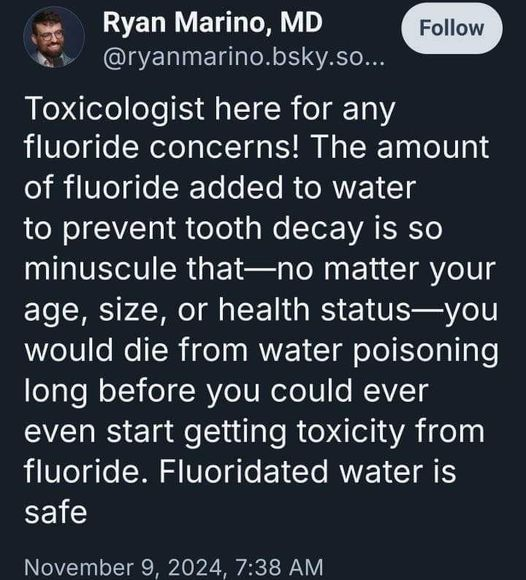this post was submitted on 22 Nov 2024
1561 points (96.7% liked)
Science Memes
11448 readers
1924 users here now
Welcome to c/science_memes @ Mander.xyz!
A place for majestic STEMLORD peacocking, as well as memes about the realities of working in a lab.

Rules
- Don't throw mud. Behave like an intellectual and remember the human.
- Keep it rooted (on topic).
- No spam.
- Infographics welcome, get schooled.
This is a science community. We use the Dawkins definition of meme.
Research Committee
Other Mander Communities
Science and Research
Biology and Life Sciences
- [email protected]
- [email protected]
- [email protected]
- [email protected]
- [email protected]
- [email protected]
- [email protected]
- [email protected]
- [email protected]
- [email protected]
- [email protected]
- [email protected]
- [email protected]
- [email protected]
- [email protected]
- [email protected]
- [email protected]
- [email protected]
- [email protected]
- [email protected]
- [email protected]
- [email protected]
- [email protected]
- [email protected]
- !reptiles and [email protected]
Physical Sciences
- [email protected]
- [email protected]
- [email protected]
- [email protected]
- [email protected]
- [email protected]
- [email protected]
- [email protected]
- [email protected]
Humanities and Social Sciences
Practical and Applied Sciences
- !exercise-and [email protected]
- [email protected]
- !self [email protected]
- [email protected]
- [email protected]
- [email protected]
Memes
Miscellaneous
founded 2 years ago
MODERATORS
you are viewing a single comment's thread
view the rest of the comments
view the rest of the comments

Not to mention there are many natural sources of fluoride which can contain greater concentrations of it than what is in tap water. The ocean has a concentration of fluoride that is in the range of 1.2 to 1.4 ppm, compared to the standard rate of fluoride of drinking water, which is 0.5–1 ppm
edit: I didn't say that people drink ocean water, my point was about the ubiquitous nature of fluoride. The majority of life lives in the ocean, so if fluoride really was as toxic as some people say it is, there would be a lot less life on Earth. There are many lakes and other water sources that people have been drinking from for ages which naturally contain higher amounts of fluoride than what is in fluoridated tap water.
I don't understand your point.
Nobody drinks the ocean. Fluoride is barely active topically. Most humans rarely if at all swim in the ocean.
Talking about the ocean is odd, but there are towns in the UK (and most countries I'd assume?) where the natural level of fluoride is higher than the concentration they aim for when adding fluoride. I think that's a pretty good argument for it being safe - the people of Hartlepool have been drinking fluoride rich water for 13 centuries and don't have any noticeable issues compared to the rest OF County Durham.
Yeah. It's not an entirely salient point. It does, however, underline the ubiquitous nature of fluorine.
The biggest source of Flourine in the environment is just the normal weathering of rocks that contain it. The biggest of the anthropogenic sources include brick production, phosphate fertiliser application and coal burning.
The minor amount added to drinking water really wouldn't be the biggest issue if it was as toxic as it's made out to be.
From what I have read, fluoride’s action on teeth is purely topical. Which is why it is in toothpaste (which is not swallowed). The “minuscule” amount in drinking water is reported as not enough to be toxic, yet somehow enough to strengthen teeth through internal blood circulation. Any fluoride you ingest, even a few atoms, is considered a toxin by the body and removed. So while the minuscule amounts added to water may not harm you, they are still adding to the “workload” your body has in dealing with all the minuscule amounts of other toxins you acquire daily.
This is a better argument than the one in the post. No one is worried about acute toxicity of fluoride but rather long term. But it's not long term toxic, doesn't accumulate in the body, and is only present in very low amounts in water. However it should be enough to use fluoridated toothpaste to get the positive effects.